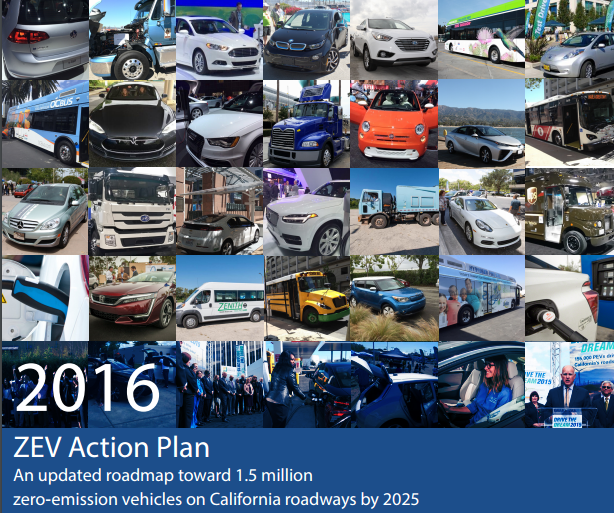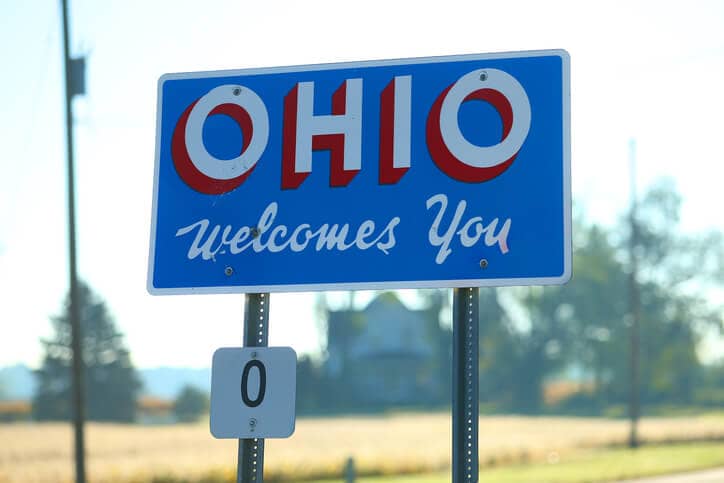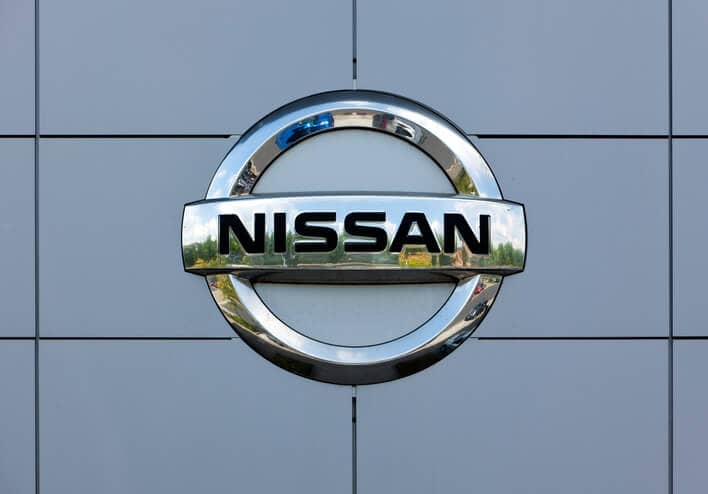The Office of Gov. Edmund G. Brown Jr. has released an updated version of California’s ZEV Action Plan, which aims to reach 1.5 million zero-emission vehicles (ZEVs) on California roadways by 2025.
The 2016 ZEV Action Plan intends to accelerate the market for ZEVs in California in adherence to Gov. Brown’s Executive Order B-16-12, which was issued in 2012.
According to the Office of the Governor, this updated plan introduces new actions to meet these priorities and build California’s ZEV market; remove barriers to future market growth; and ensure this transition benefits the state and its residents. The report intends to clearly communicate what the state government will do to advance ZEVs and will serve as a “to-do” list for the governor’s office and state agencies to enhance interagency coordination.
The plan highlights the following priorities for ZEVs:
- Raise consumer awareness and education about ZEVs;
- Ensure ZEVs are accessible to a broad range of Californians;
- Make ZEV technologies commercially viable in targeted applications in the medium-duty, heavy-duty and freight sectors; and
- Aid ZEV market growth beyond California.
The 2016 ZEV Action Plan also has several actions specific to hydrogen and fuel cell electric vehicles:
- Support implementation of the California Fuel Cell Partnership’s (CaFCP) Fuel Cell Electric Bus Roadmap, which outlines a pathway to deploy zero-emission fuel cell electric buses in preparation for commercialization;
- Consider increasing the Hybrid and Zero-Emission Truck and Bus Voucher Incentive Program voucher amount per bus for zero-emission, heavy-duty buses to help cover the incremental cost for the vehicle’s weight class. As bus costs decrease due to battery and fuel cell economies of scale, consider reducing voucher amounts proportionally;
- Support the CaFCP’s Medium- and Heavy-Duty Fuel Cell Electric Vehicle Action Plan to evaluate technology development status, barriers to adoption and potential actions needed to advance ZEV technologies; and
- Collaborate with governments and public-private partnerships in other jurisdictions leading on hydrogen and fuel cell deployment, such as Japan’s Research Association of Hydrogen Supply/Utilization Technology and Germany’s National Organization Hydrogen and Fuel Cell Technology.
Click here to read the full report.







